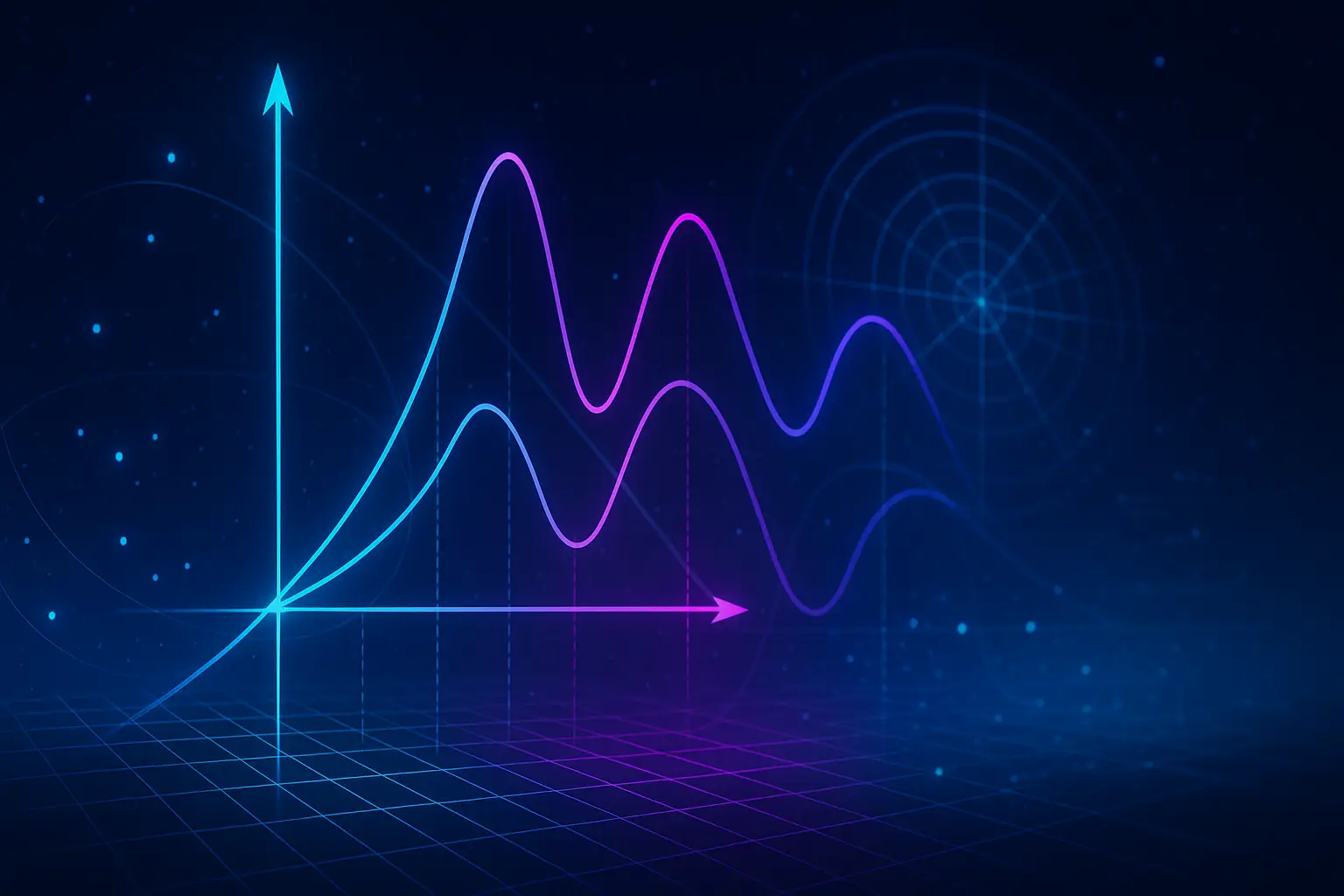Table of Contents
- Introduction
- The Need for a New Transformation
- Einstein’s Postulates Revisited
- Galilean vs Lorentz Transformations
- Derivation of the Lorentz Transformations
- Time Dilation from Lorentz Transformations
- Length Contraction from Lorentz Transformations
- Relativity of Simultaneity
- Lorentz Transformation Matrix Form
- Inverse Lorentz Transformations
- Lorentz Transformations in 4-Vector Notation
- Velocity Transformation
- Lorentz Invariance and the Spacetime Interval
- Visualizing Lorentz Transformations
- Conclusion
1. Introduction
Lorentz transformations are the mathematical foundation of special relativity, allowing us to translate space and time coordinates from one inertial frame to another when the frames are moving at a constant velocity relative to each other.
They encode deep truths about how the universe works: simultaneity is relative, time slows down for moving observers, and space contracts. This article delves into their derivation, consequences, and applications.
2. The Need for a New Transformation
In classical mechanics, we use Galilean transformations:
\[
x’ = x – vt, \quad t’ = t
\]
However, they fail to preserve the constancy of light speed — a cornerstone of Maxwell’s theory and special relativity.
3. Einstein’s Postulates Revisited
- Relativity: The laws of physics are the same in all inertial frames.
- Light Speed Constancy: The speed of light in vacuum is the same in all inertial frames.
These postulates demand a new transformation law between reference frames.
4. Galilean vs Lorentz Transformations
Galilean transformations assume absolute time, leading to inconsistencies with Maxwell’s equations. Lorentz transformations correct this by mixing space and time coordinates.
5. Derivation of the Lorentz Transformations
Assume two frames:
- \( S \): stationary
- \( S’ \): moving with velocity \( v \) along the \( x \)-axis
We want linear transformations that preserve the speed of light:
\[
x’ = \gamma(x – vt), \quad t’ = \gamma\left(t – \frac{vx}{c^2}\right)
\]
Where:
\[
\gamma = \frac{1}{\sqrt{1 – \frac{v^2}{c^2}}}
\]
The inverse is:
\[
x = \gamma(x’ + vt’), \quad t = \gamma\left(t’ + \frac{vx’}{c^2}\right)
\]
These ensure that if a light pulse is emitted at \( x = 0 \), it satisfies:
\[
x^2 – c^2 t^2 = x’^2 – c^2 t’^2
\]
6. Time Dilation from Lorentz Transformations
From:
\[
t’ = \gamma \left( t – \frac{vx}{c^2} \right)
\]
If \( x = 0 \) (event at rest in \( S \)):
\[
t’ = \gamma t \Rightarrow \Delta t = \gamma \Delta t_0
\]
Moving clocks tick slower.
7. Length Contraction from Lorentz Transformations
Use:
\[
x’ = \gamma(x – vt)
\]
Measure length \( L = x_2 – x_1 \) in frame \( S \), where both endpoints measured simultaneously \( (t = \text{constant}) \):
In \( S’ \):
\[
L’ = \frac{L}{\gamma}
\]
Moving objects contract in length.
8. Relativity of Simultaneity
From the time transformation:
\[
t’ = \gamma\left(t – \frac{vx}{c^2}\right)
\]
Two events simultaneous in \( S \) \( (t_1 = t_2) \), but if \( x_1 \neq x_2 \), then:
\[
t_1′ \neq t_2′
\]
Simultaneity is not absolute.
9. Lorentz Transformation Matrix Form
In 4D spacetime \( x^\mu = (ct, x, y, z) \), Lorentz transformation is:
\[
x’^\mu = \Lambda^\mu_{\ \nu} x^\nu
\]
For boost in \( x \)-direction:
\[
\Lambda =
\begin{bmatrix}
\gamma & -\beta \gamma & 0 & 0 \
-\beta \gamma & \gamma & 0 & 0 \
0 & 0 & 1 & 0 \
0 & 0 & 0 & 1
\end{bmatrix}
\]
Where \( \beta = v/c \).
10. Inverse Lorentz Transformations
Replace \( v \to -v \) or reverse the matrix \( \Lambda \). The structure is symmetric — transformations are invertible.
11. Lorentz Transformations in 4-Vector Notation
Spacetime events, energy-momentum, and other physical quantities transform using Lorentz matrices.
- 4-position: \( x^\mu = (ct, \vec{x}) \)
- 4-velocity: \( u^\mu = \gamma(c, \vec{v}) \)
- 4-momentum: \( p^\mu = m u^\mu \)
12. Velocity Transformation
If a particle moves at velocity \( u \) in frame \( S \), then in \( S’ \):
\[
u’ = \frac{u – v}{1 – \frac{uv}{c^2}}
\]
This ensures no speed exceeds \( c \).
13. Lorentz Invariance and the Spacetime Interval
Spacetime interval:
\[
s^2 = -c^2 t^2 + x^2 + y^2 + z^2
\]
Is invariant under Lorentz transformations:
\[
s^2 = s’^2
\]
This underpins causality and Minkowski geometry.
14. Visualizing Lorentz Transformations
- Rotates coordinates in Minkowski spacetime
- Hyperbolic rotations: preserve the hyperbola \( x^2 – c^2 t^2 = \text{constant} \)
- Diagrams show how time and space axes skew for moving observers
15. Conclusion
Lorentz transformations are the gateway to understanding special relativity. They mathematically encode the intertwined nature of space and time, and explain time dilation, length contraction, and relativity of simultaneity.
They are not just algebraic tools — they are a blueprint for how the universe behaves when things move at high speeds. Understanding them is essential to both classical and modern physics.


